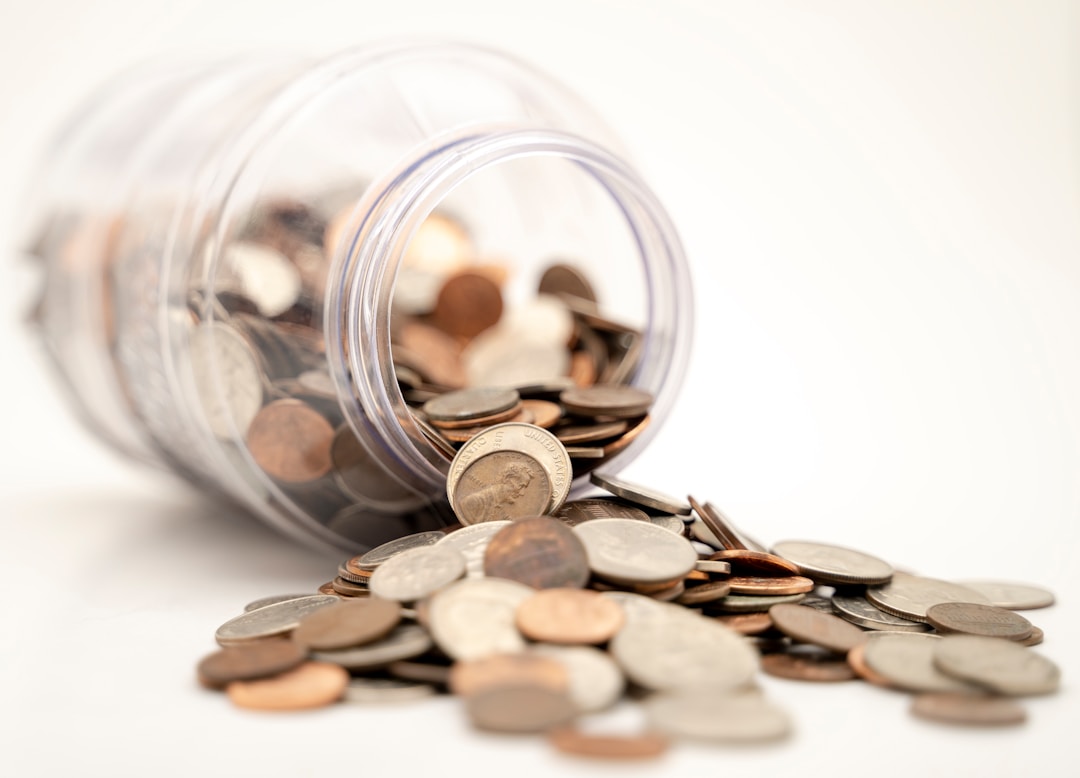Investments in the stock market, bonds, and other alternative investment asset classes are the only way to begin generating substantial returns. Making your money work for you has been a mantra of the accredited investor for many generations, but it’s really only beginning to take hold among the rest of us retail investors in the modern world.
Firms like Blackrock and Yieldstreet know the value of passive yields and the dividend originator potential of the investments you make today for creating future wealth (for more on the Prism Fund and other Yieldstreet products read some Yieldstreet reviews here). The good news is that accredited investors at these top firms are reaching out to others in order to help launch their portfolio of assets in the stock market or elsewhere toward resounding success and growth rates.
What is passive income?

Passive income is the trickle of dividends and other payouts that come from your investments. These returns are leveraged as cash flow items in your budgeting and, therefore, act as a capital gain. However, this stream has the benefit of requiring no maintenance work on your part in order to keep the tap on.
Cash in, generally speaking, requires input. Typically, the input that you provide in order to earn a salary is a combination of your skills, know-how, and your time. In exchange for these things, you get paid. What makes passive returns different is that you simply have to input your money in order to generate a new source of capital infusion.
While many investors choose to manage their own blended fund (which requires a minimum investment level of time and knowledge as well), utilizing an index fund, ETF, or another fund—like the Yieldstreet Prism Fund—is the best way to lock in the returns without having to worry about managing your portfolio’s rebalancing and diversification needs or market tracking requirements.
Passive dividend generation in the stock market is boring, yet steady.

The generation of passive cash flow isn’t the flash in the pan that many may think of when picturing a growing portfolio of wealth. Passive cash flow is the steady trickle of returns on investment that comes as a result of careful, principled investing. Doing your due diligence on investment opportunities and learning to leverage collateral for increased market access are all part of the game.
What’s missing here is the excitement. For passive investors, there is little daily excitement to write home about. Instead, with platforms like Yieldstreet or Robinhood, investors simply watch as their assets begin to balloon over time. Building a structured alternative investment portfolio with high dividend returning assets is the name of the game here. Coupled with some potentially fast movers, you can bring in the best of both worlds, yet your long-hold stocks and commodities are likely to outperform any rapid inflation over the long term.
Alternative investment ideas are a fountainhead of passive wealth.

The stock market is the mainstay among retail investors looking to create passive gains. However, looking elsewhere for more potent sources of passive dividend growth is growing in popularity, as more and more investors learn of the growing marketplace for additional asset class trading and accumulation. For instance, the market for used cars in Ghana is a booming haven for investors looking to capitalize on the lucrative auto trade in Ghana and beyond.
Steady growth within a trusted and principled investment portfolio is the only way forward when looking to create solid passive income returns. Building this type of asset allocation takes years, but it’s worth it. As you continue to venture through the life of a retail investor, your passive stream will give you the life you’ve always dreamed of.

